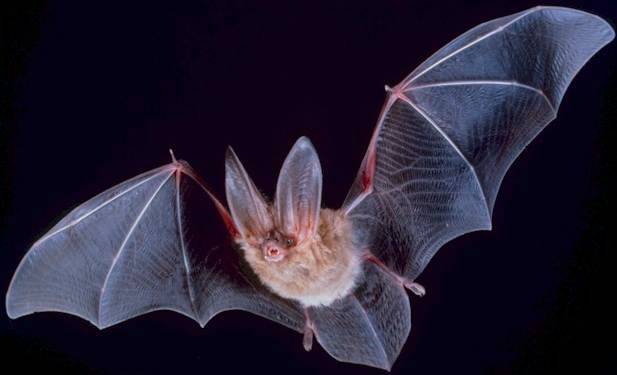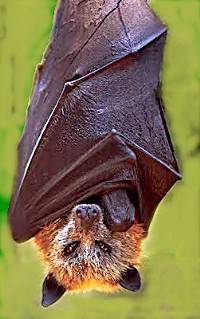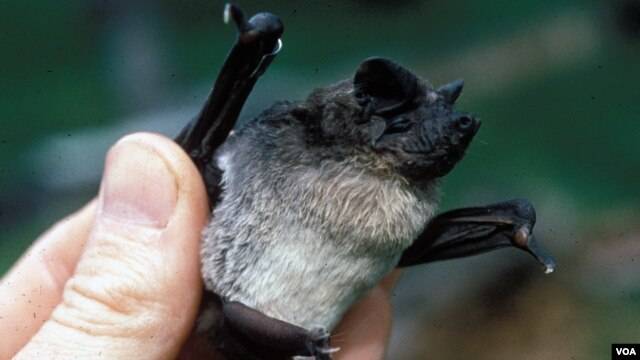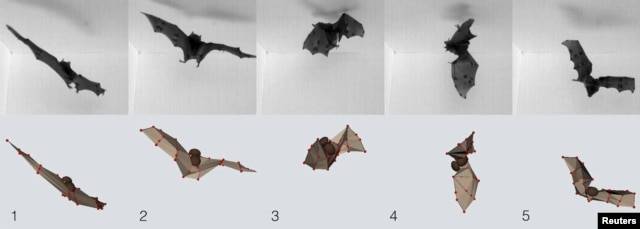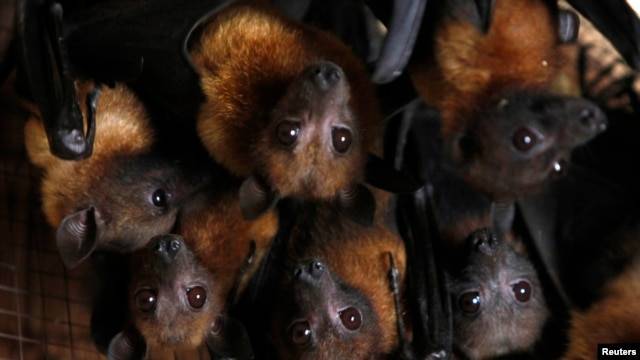The Bat: A Long-lived, Virus-Proof Anomaly
By Breanna Draxler | January 1, 2013

The Australian black flying-fox (Pteropus alecto) was one of the bat species whose genome was sequenced in the study.
Read more @ The Bat: A Long-lived, Virus-Proof Anomaly : 80beats
By Breanna Draxler | January 1, 2013

The Australian black flying-fox (Pteropus alecto) was one of the bat species whose genome was sequenced in the study.
Bats are pretty impressive critters. They are notorious for carrying viruses like Ebola and SARS, but somehow avoid getting these diseases themselves. They are the only mammal that can fly, and they live far longer than other mammals their size. Whats their secret? Researchers in Australia sequenced two different bat genomes and found that these unique bat characteristics are not only genetically linked, but may help in the treatment of human diseases.
Read more @ The Bat: A Long-lived, Virus-Proof Anomaly : 80beats


